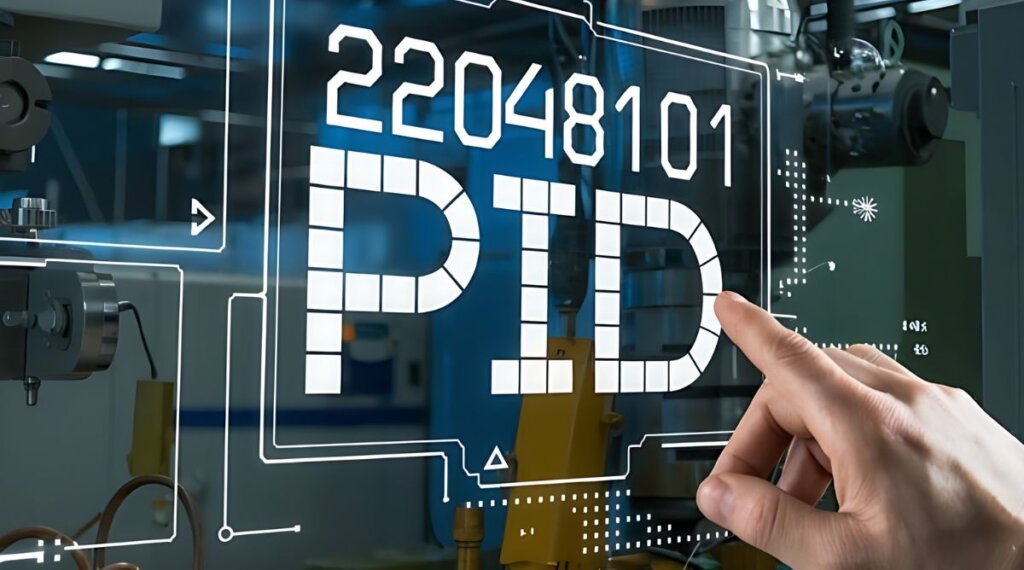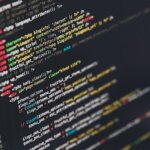The 22048101 PID controller is one of the most significant improvements in automation technology, and it is used in many industries significantly. Looking forward to the future, knowing the trends and innovations related to PID:22048101 is very important for professionals and hobbyists alike.
This article reports on the future trends and innovation of PID:22048101 and how it may eventually be influential in manufacturing, pharmacy, and food processing. Technology changes daily, and with change, it will indeed be changed; thus, 22048101 PID will be changed for better capability and application.
From artificial intelligence integration to increasing energy efficiency, the future of PID:22048101 promises to be exciting and transformative. These trends help one understand better how PID:22048101 will mold the future of automation and control systems.
Understanding PID:22048101
To preface what will become of trends before discussing them, learn first exactly what 22048101 PID is and precisely how it functions. Within this context, PID translates to Proportional-Integral-Derivative, meaning a feedback control mechanism present in a control loop widely embraced in industrial control systems. The model of 22048101 PID is oriented more toward precision and reliability, which is widely applied.
Fundamental features of PID:22048101
This constituent produces an output proportional to the current value of the error. The responding device corresponds to reducing the prevailing error as swiftly as possible.
I. Integral Control: The integral term focuses attention on integrating previous errors. Error is added over time and eliminated, eliminating any residual steady-state error that would otherwise exist in a system.
Derivative Control (D): This uses information on the rate of change of the error to forecast future mistakes. It provides a means to dampen the system’s response, increase stability, and reduce overshoot.
These work to achieve a desired output level, such as temperature, pressure, or flow rate, by controlling the input quantities based on error measurements.
Present Applications of PID:22048101
PID:22048101 is now used in many different industries.
Manufacturing: In manufacturing, PID:22048101 controllers control processes through the management of temperature, pressure, and flow rates, which enhances efficiency and minimizes downtime.
Pharmaceuticals: In pharmaceutical companies, PID:22048101 is essential for maintaining the actual conditions of the chemical reaction, which leads to quality and consistency.
Food Processing: Regulation of fermentation processes, pasteurization, and cooking with PID:22048101 controllers to ensure the quality and standard of food products.
Future Trends in PID:22048101 Technology
With the advancement of technology, several trends will emerge that will shape the future of PID: 22048101.
1. Integration with Artificial Intelligence.
The most critical trend for PID:22048101 is the integration with artificial intelligence. AI can analyze large datasets and provide predictive control, which may be updated in real-time real-time according to changing conditions. This will make the controllers of PID:22048101 even more adaptive and efficient.
2. Internet of Things (IoT) Connectivity
The trend that will also affect PID:22048101 is the Internet of Things or IoT. As such, any IoT PID controller can easily be accessed from anywhere by virtue of having the Internet. This will enhance quicker responses to changes in conditions and flexible operations.
3. Strong Security Measures
As PID: 22048101 controllers become more connected, cybersecurity will be an issue because sophisticated security mechanisms like blockchain technology may be designed to provide tamper-evident and tamper-proof records of process information. That will protect sensitive information and ensure systems’ integrity.
4. Energy Efficiency Improvements
With the growing concern over energy usage and sustainability, energy-efficient PID:22048101 control devices will be in higher demand in the future. Algorisms may incorporate optimized energy usage algorithms to minimize waste and lower operation costs. This is a significant factor, but it can’t factor in achieving the ability of industries requiring minimal environmental impact.
5. User-Friendly Interfaces
With the advancement of technology, there will be a drive towards more user-friendly interfaces for PID:22048101 controllers. Simplified interfaces will allow operators to quickly and efficiently set parameters, reducing the learning curve for new users and thus enhancing the usability and performance of the system as a whole.
Future Innovations Challenges in Implementation:
While the future of PID:22048101 looks very optimistic, problems may arise during the implementation of these innovations.
1. Problem in setting
Adjusting the PID controller can be very complex, and it would become even harder with AI and IoT integrated into it. Proper value tuning for proportional, integral, and derivative values improves performance, but in practical systems, it is really complex and needs to be attended to by professionals.
2. Interoperability with Legacy Systems
Many industries still have legacy systems that do not match well with advanced PID controllers. Implementing PID:22048101 with legacy systems leads to heavy upgrading and re-engineering, which is expensive and time-consuming.
3. Up-front capital expenditures
Advanced PID:22048101 controllers have a tremendously high front-end cost when obtaining and establishing them. Such an investment might prove highly expensive to small companies simply because most small firms need so much capital.
Conclusion: 22048101 PID
In conclusion, PID:22048101 is poised for phenomenal growth in the near future. The trends are AI integration, IoT connectivity, improved security measures, better energy efficiency, and user-friendly interfaces, and thus, the future of PID:22048101 is bound to be revolutionary.
Despite these challenges, the advantages outweigh them. As times change and various industries evolve, PID:22048101 will be the most essential tool for optimal automation and control system performance.
FAQs: 22048101 PID
1. What Is PID:22048101?
Precisely, the PID, which 22048101 represents, constitutes a model proportional-integral-Derivative controller applied industrially with the intent that it maintains output with high desirability as a specific value.
2. How Does the Integration of AI Enhance PID: 22048101?
Integration with AI allows PID:22048101 to process big data and provide predictive control based on real-time changes that improve overall system performance.
3. Which Industries Traditionally Use PID:22048101?
PID:22048101 is widely used in the manufacturing, pharmaceutical, and food processing industries because it can optimize processes and ensure product quality.
4. What Are The Innovation Barriers for PID: 22048101?
Its difficulty tuning, integration with legacy systems, and high initial investment costs present challenges. 5. How would PID:22048101 be related to sustainability? Future controllers, PID:22048101, will look after energy efficiency to optimize energy use without waste and support sustainable activities in the industries.







